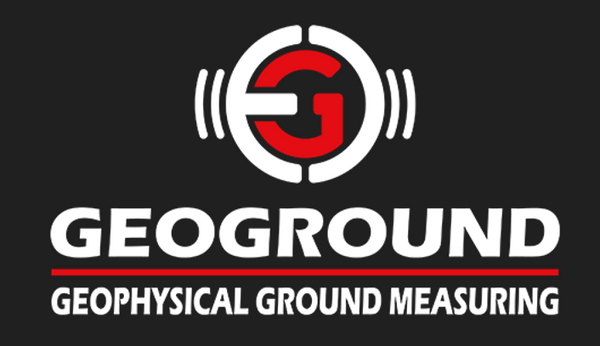
During your activity with compatible devices, your performance is analyzed in real time to reveal the physiological impact of your activity and to understand the underlying efforts that produce it. This is achieved through understanding how various intensities and changes in intensity support and trigger adaptations in your body.
Anaerobic training load (purple): The number on the top row and accompanying colored bar show how much of your training load during the past 4 weeks was the result of anaerobic efforts. The key to increasing your anaerobic training load is doing activities that get your heart rate up quickly. These are typically high-intensity bursts of effort that are sustained for anywhere from several seconds to a couple of minutes at a time, mixed with low- to moderate-intensity recovery intervals during which your heart rate declines. Incorporating HIIT sessions into your program is a good way to make sure you get enough of your training load from anaerobic efforts.
- Key example: Interval workouts
High aerobic training load (orange): The number on the middle row and accompanying colored bar reveal how much of your training load of the past 4 weeks was the result of sustained moderately high- to high-intensity activity. This is the strain that accumulates during efforts where your heart rate was significantly elevated and you maintained that high level of intensity for a few minutes up to _x0097_ in some cases _x0097_ more than 30 minutes.
- Key example: Tempo rides
Low aerobic training load (light blue): The bottom number and accompanying colored bar shows how much of your training load during the past 4 weeks was produced during sustained low-intensity efforts. This is the portion of your training load that accumulates during _x0093_conversational pace_x0094_ efforts, meaning that you are working but still able to talk and maintain a conversation.
- Key example: Long rides
































